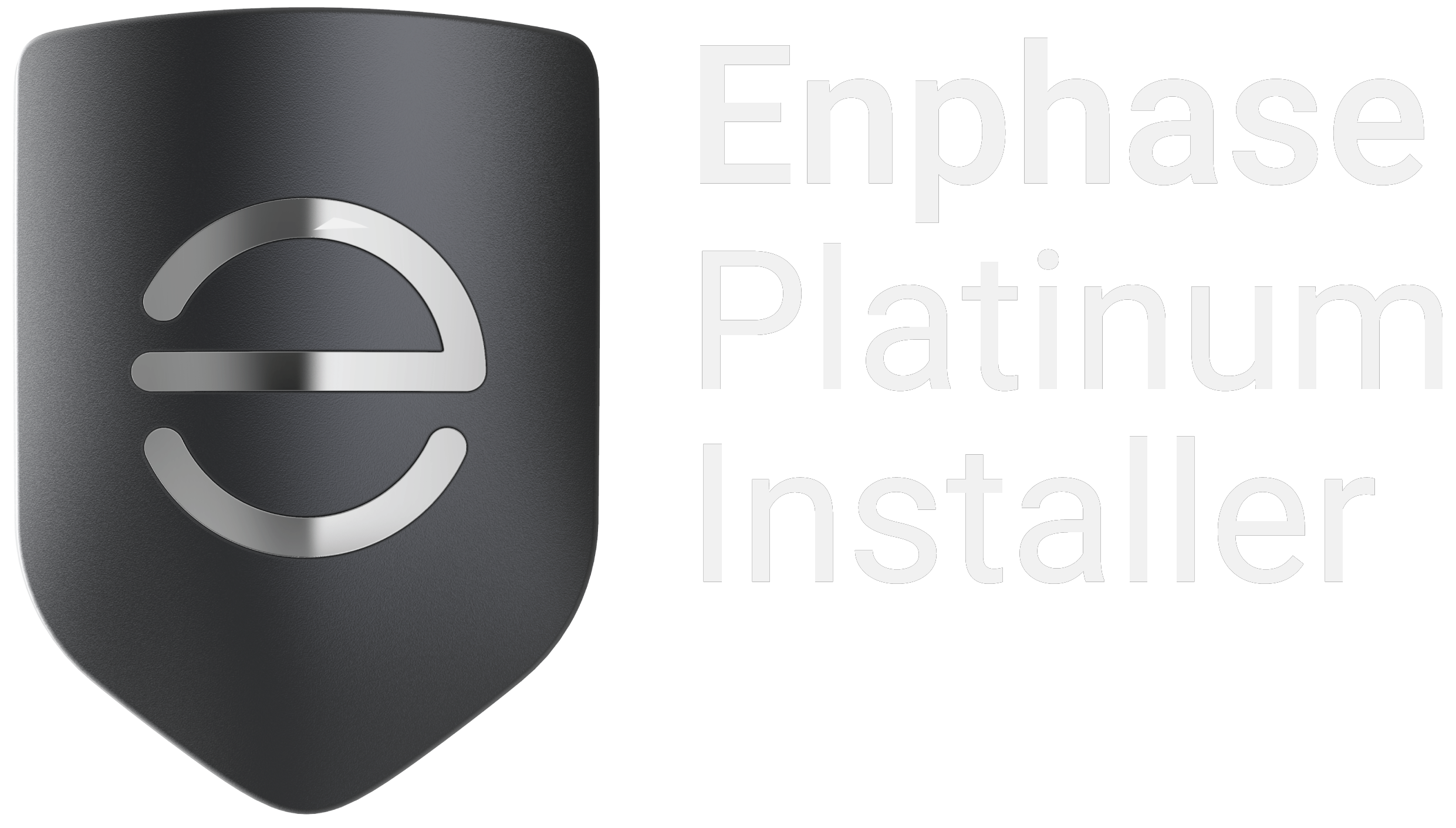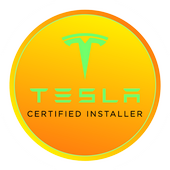
There may not be a better pairing than home solar panels and electric cars. Choosing an electric vehicle (EV) is smart because charging an EV is cheaper than buying gas for an internal combustion engine (ICE) car, even in the most expensive electricity markets. Electric cars also have about 25% lower maintenance costs than other ICE vehicles. Most importantly, EVs don’t pollute the environment by burning fossil fuels. So why should you use solar panels to charge your electric car with solar panels? Why are solar panels a better way to charge than the grid or public charging stations? Let us tell you.
The average electricity price in California is $0.1751/kWh, but charging an EV with solar energy is even better for several reasons:
- The cost of solar energy is cheaper than grid power in most cases
- The cost of grid power goes up over time, while solar panels keep producing electricity without additional cost
- Solar panels are far less polluting than electricity from the grid
-
- 450 gallons of gas results in 8,820 lbs. of CO2 emissions
- 3,780 kWh of California grid power makes 1,531 lbs. of CO2
- 3,780 kWh of home solar energy makes 368 lbs. of CO2
Charging Your Electric Car with Solar
There are many specific advantages to pairing your EV with solar panels. First off, it’s cheaper. In nearly every state in the US, the long-term cost of solar panels is less than buying electricity from the grid. Producing your own solar energy can cost more than 50% less than buying grid power. You can install solar panels to meet your home’s energy needs, charge your car, and save you thousands of dollars long-term. Plus, most solar panels come with warranties to produce electricity for at least 25 years, saving you money long into the future. Solar also reduces waste.
Switching to an EV means cutting emissions by eliminating gasoline and oil, and switching to solar eliminates electricity from the grid, created from natural gas and coal. A handful of solar panels on your roof is enough to provide energy to charge your EV and then some. Charging from home with solar limits how often you have to charge using the grid and public charging stations. The Levelized Cost of Energy (LCOE) for home solar in the US is currently about $.11/kWh before the federal solar tax credit. Because we receive a lot of sun here in California, solar LCOE is much lower, meaning you pay even less to charge your EV at home with your solar panels. Having a solar fuel source for the next 25 years will save you a lot of money on EV charging.
When Solar Charging Isn’t a Good Idea
There will always be specific cases when charging an EV from solar might not be the best choice. These include whether your state offers net metering or if your roof isn’t right for solar because it is too shaded. You might be better off charging your EV from the grid in these instances.
How to Charge an EV with Solar
Now that you know why, here’s a little more about how to charge your EV with solar to ensure you add the correct number of panels and get a good value long term. Here are the steps to use solar panels to charge your electric car:
1. Determine Your Daily kWh Usage
The first step is figuring out how many kWh are needed to drive your car. You can estimate this using an average number of miles you drive per day.
2. Number of Solar Panels to Make Your Daily kWh
On average, you will need between 10 and 17 kWh of electricity per day to charge an electric car. The average modern solar panel gets between 3 and 7 sun hours per day and can produce around 350 watts under full sun. A little math can determine that the average solar panel makes between 1.05 to 2.45 kWh of electricity every day. If you get 1.75 kWh per day, per panel, you’d need just over five panels to make enough energy to charge a Tesla Model 3 battery and get 40 miles of range. Using the same math, you could determine how many panels you would need to drive whatever EV you have.
3. Buy the Equipment to Charge Your EV with Solar
Once you’ve installed your solar panel system and all the equipment that goes with it, you will need to invest in solar EV charging equipment. This equipment includes:
- Solar panels on your roof that are mounted on metal racks and attached to the roof deck
- Either a central string inverter that combines the DC output of the solar panels to AC or microinverters that convert each panel’s output to AC and send it to your main AC panel
- A Level 2 EV charger
4. Charge and Enjoy Your EV!
Congratulations! You now have a solar-powered electric car, and now you’ll be producing enough solar electricity to offset your car’s needs for the year, reducing your carbon footprint, and saving money – all at the same time. You’ll have 25 years of fuel, all on a small section of your roof! And that section of your roof will produce enough electricity for your next car and the one after that.
Choose Sunlight Solar, Inc.!
Why should you use solar panels to charge your electric car? Making the switch from fossil fuels to solar electricity is good for your wallet and a great way to reduce your carbon footprint. Installing solar panels with Sunlight Solar, Inc. will save on your energy usage both for your home and your electric vehicle. The higher initial cost of an electric car can be quickly offset by the fuel cost savings when you start charging with your solar panels. Call us at (858) 564-8032 or check out our website for a quote today!






